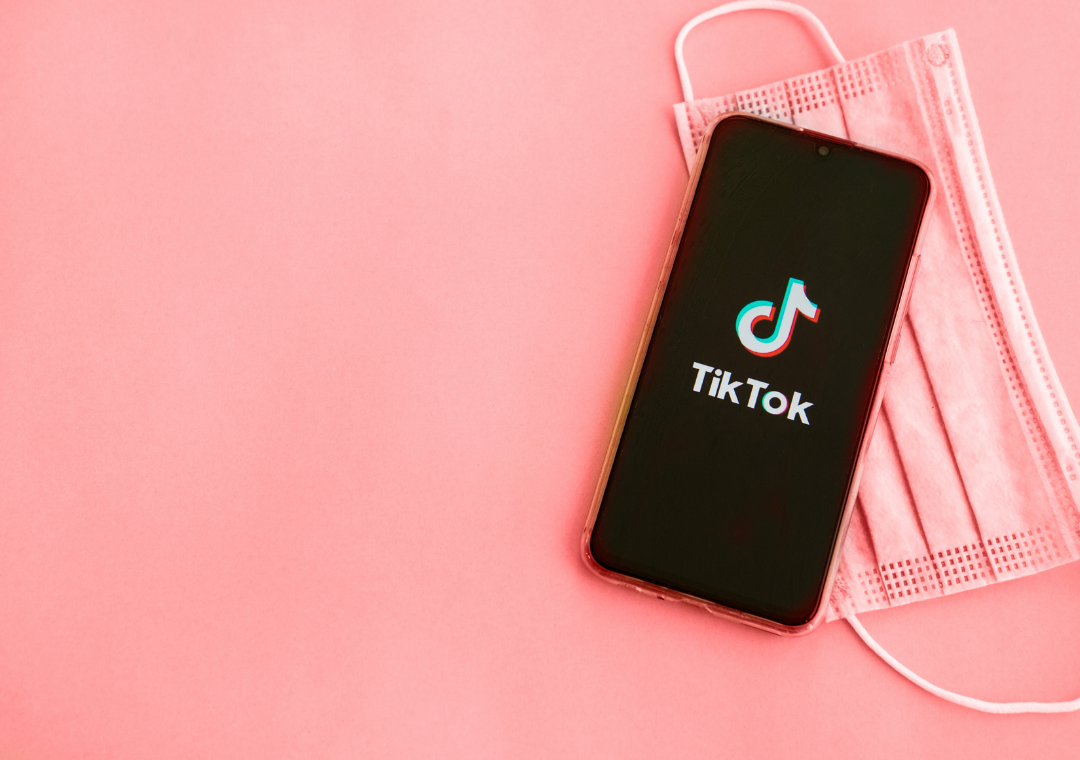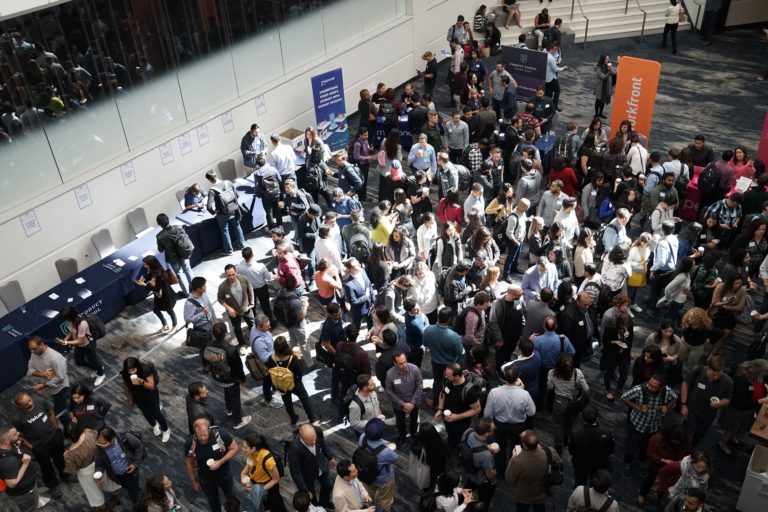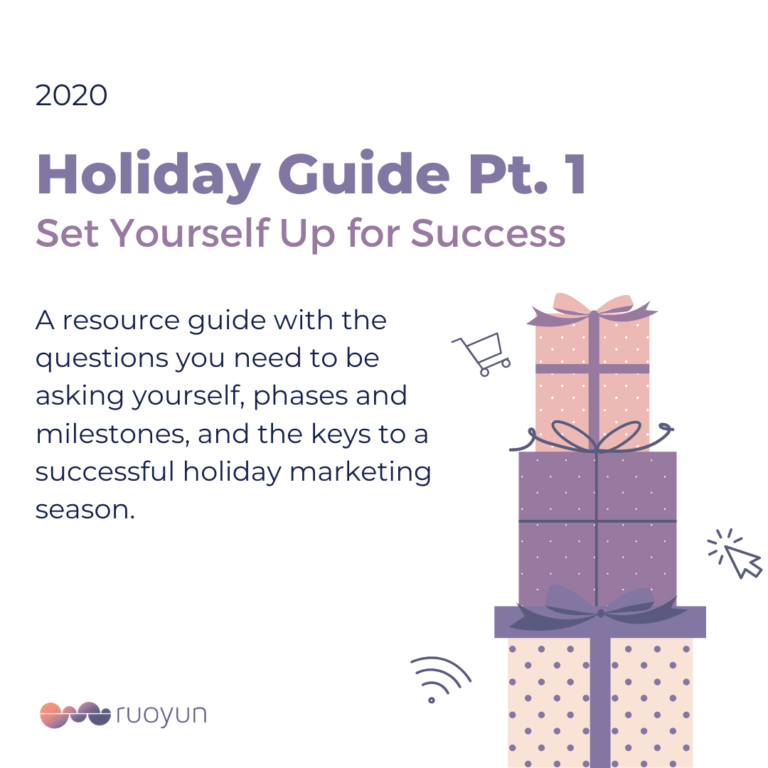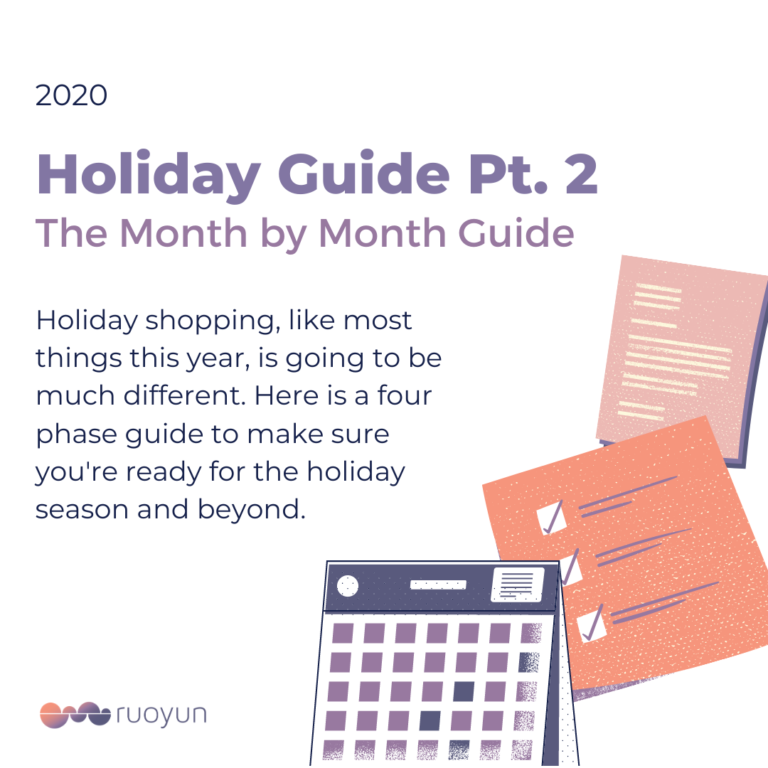4 Tech Trends Bridging the Digital Divide
In 2021, we have seen 5 years’ worth of technological advances happen in just the last 2 years to accommodate the new world that we now live in.
As digital is now the primary form of communication, businesses will need to explore new avenues to continue showing up as they would in person as they do online. As you may have heard me say many times, it’s not about activating them all but figuring out which ones best align with your needs now. It is a new skill that you and your team will be exploring together so give yourself some grace and space to explore what works for you. There are 4 main tech trends that are bridging the digital divide that businesses should consider implementing.
1. Video is the main medium of communication
After two years of video conferencing, many of us have become comfortable interacting on camera and now expect to be able to see the humans behind the brands. Video content is more engaging than other forms of content, in general. The vertical video format specifically is becoming the preferred format as more people use that format to chat with their friends to watch other people talk on Tiktok and Instagram Reels. The format itself lends more to creating a personal conversion rather than traditional horizontal video.
“Social media video generates as much as 1,200% more shares than text and image content combined.”
– BrightCove
Gone are the days of running an ad with an image and expecting it to convert. Consumers want to see more than just a 2D image. They want to see the product in action and hear from other people about their experience using the product or service. Instagram is now officially a video platform rather than an image-sharing platform and they’re making Reels front and center.
However, not all forms of video are made equal. Each medium of video is an art form in it itself. If video is like the art form of painting, there are different styles of painting like watercolor, oil, or acrylic, and underneath that are more niche styles like acrylic pouring and more. So just like painting, using video as a part of your strategy is a skill set that you are learning to use and play with. Not only are videos designed to share an idea but social videos on social media platforms are now enhanced to boost engagement beyond purely comments and likes, for example:
- Stories have become more engagement-oriented as you can now add stickers and there is a reply with your own stories that allows brands to build more user-generated content.
- Instagram Reels and Tiktoks are a great way to inspire and educate your audience to dig deeper into your content. You can remix the content with other creators and now, the reply function on Instagram and Tiktok allows you to build a deeper connection with your audience as you get to respond to their comments and expand on the original video via additional videos.
- Pinterest has created its own format to help enhance a step-by-step process in following a recipe or DIY tutorial through a carousel of videos. Pinterest has also announced AR to make the furniture shopping process easier for the consumer.
- Youtube is joining the short form trend with Youtube Shorts and now creators can pull little nuggets from their long-form videos and turn them into shorts to entice viewers to the original video.
The content format has also changed to where long-form videos specifically are designed around having consumers tune in on a weekly basis like a TV show such as:
- Youtube there are dedicated Youtubers who produce their videos on a set weekly time frame like a TV show. While, Facebook Watch and Instagram merge their longer content (IGTV) into the main feed to compete against Youtube.
- Twitch and other live streaming platforms are building full rooms that allow the streamer to connect with their fans in live time multiple times per week.
What’s next in the future of video?
It’ll be about how brands will boost engagement and this need for engagement will get enhanced in the Metaverse and other virtual platforms where brands will get to interact with their fans just like they used to in person.
2. Social Audio – Is it a Fad or is it Here to Stay?
Since the pandemic, many consumers have embraced the concept of social audio with the rise of Clubhouse. Now there are live audio rooms on a variety of platforms including Twitter Spaces, Slack, Facebook, Discord, and Reddit to make it easier for people to be social without being “zoomed” out.
Yet the big question still is if social audio is simply a fad? Will Podcasting remain the main form of audio media consumption instead?
“For the early adopters, the new social audio features may allow brands to reach a larger percentage of their audience due to the lower volume of competition. But for those early adopters, testing out social media audio will involve a lot of trial and error. And as we mentioned above, the social networks themselves are testing out multiple different formats to try to understand what users want, so, unfortunately, you’ll be trying to figure that out at the same time as them. Brand adoption of social media audio may also be slow because how many brands have a media-ready spokesperson ready to host a Live Audio Room on Facebook at the drop of a hat? Not many. Brands have to find a voice that aligns with their brand’s tone of voice, which isn’t easy.”
Meltwater
Should you take the Social Audio Plunge?
No matter what medium you decide to embrace from Live Social Audio to Podcasts/Vidcasts, there are a few key takeaways to consider:
- Do you have a media-ready spokesperson in your company who’s willing to speak up as you go?
- Do you have topics that you can continuously talk about on this platform?
- What is the end goal that you are trying to achieve with Social Audio or podcasting?
3. Social Commerce and Branded Influencer Content is Fully Integrated
Last year, we talked about Social Commerce being the big thing to look out for like Facebook, Instagram rolled out their shops to make it a seamless experience for their users to purchase from brands and influencers alike. Since then, more platforms have adopted this process from Amazon Home Pages for influencers to Pinterest shopping. Social Commerce has been thriving according to Inmar Intelligence, in 2021, 52% of socially-engaged shoppers will have made a purchase through a social platform. Socially engaged consumers mean someone who has been actively following an influencer or a brand on social media and which is different from ads that may expand awareness to a colder audience.
There are a variety of formats of social shopping and one of the most popular formats is Live shopping. The QVC in the moment format is one of the biggest drivers, especially in Asia. Taobao, one of China’s biggest retailers, has generated more than $60 billion in revenue from its Livestream channel.
Creators and influencers are getting more incentivized as Tiktok, Facebook and Instagram continue to roll out more features that make connecting with creators a seamless process. The new collabs feature makes it easier for not just influencers but like-minded brands to easily collaborate together and boost each other’s platforms. It’s not just about products either, there are now new tools that support small businesses, restaurants, and other services. You can now connect a variety of scheduling apps to your Facebook or Instagram accounts to book beyond the link in the bio function.
Why is social commerce so powerful?
It’s because people love seeing real people and seeing the product or service in action by a fellow human being makes it feel more real. Creating a seamless experience from seeing an influencer or user-generated content posted by the brand to shopping means brands are able to avoid drop-off. Drop off occurs because many consumers do not prefer to click out to a new website because there may be a lack of credibility on a third-party site. By being a vetted shop on Facebook, Instagram, or Tiktok, it becomes easier for brands to get customers through the door. It also allows marketers to do easy retargeting because it stays within the social media’s platforms system and pulls behavioral data from the platform itself rather than relying on cookies.
4. Hybrid Events are the new normal
Hybrid Events, meaning events that are hosted with both in-person and virtual attendees are the new normal. Not only would you not have to worry about pandemic restrictions completely canceling an event but there is easier proven ROI and Return on Event because of the data collected on virtual attendees.
The hardest part will be, how can you reflect the magical human connections that often occur in person and create a similar experience digitally?
Bizzabo researchers found that 52.9% of event marketers feel it’s harder to create unique and memorable experiences for virtual event attendees in comparison to in-person events.
The key will be what types of interactions are you cultivating both online and in-person? It’s more than just pushing them through to an app. It’s about what is the final messaging that you’re trying to relay to them as they leave. Is there a unified goal or conversation that you would like to see stay top of mind for your attendees? Can the conversation continue after the event and even be trending on Twitter?
Everything done offline is designed to create conversations online. More and more it’s not about just going to an event or seeing an IRL situation it’s about how can it be created to start conversations online. This may seem easier for events that are designed around sparking new ideas, for example during large events like SXSW filled with panels on the future of the business world and introducing new tech. However, you can get more creative when it comes to events that may not be centered around sparking new ideas.
What type of actions can be added during the event like downloading an app, signing up on a website, or interacting within the Metaverse that allows brands to track and get the behavioral data. Even creating a simple automated customer service bot virtually that can answer questions as you may not have as many salespeople to drive signups in person can give you more data that you may never have been able to get previously.
What’s next in bridging your digital divide?
Like I said at the beginning, it’s not about activating all of these at once. It’s about defining what truly makes the most sense for you right now.
Key questions to ask: Where in my customer journey do I need to enhance?
Is it getting better eyes on me and pushing traffic to the site? Then Video or Social Audio may be great to show off the people behind the brand and creating meaningful content that people want to share.
Is it converting the traffic that we have been building through our top-of-funnel efforts? Social commerce and reviewing how you’re building relationships with your influencers would be the best place to start.
Is it recognizing that the best converter for you in the past has been events? Then maybe it’s time to consider which events you want to be a part of or if you’re looking to start your own event.
If you’re not sure where to start or even know what makes the most sense for your end goal, check out my Two Years of Massive Growth to uncover how to best align to your overarching goals.






